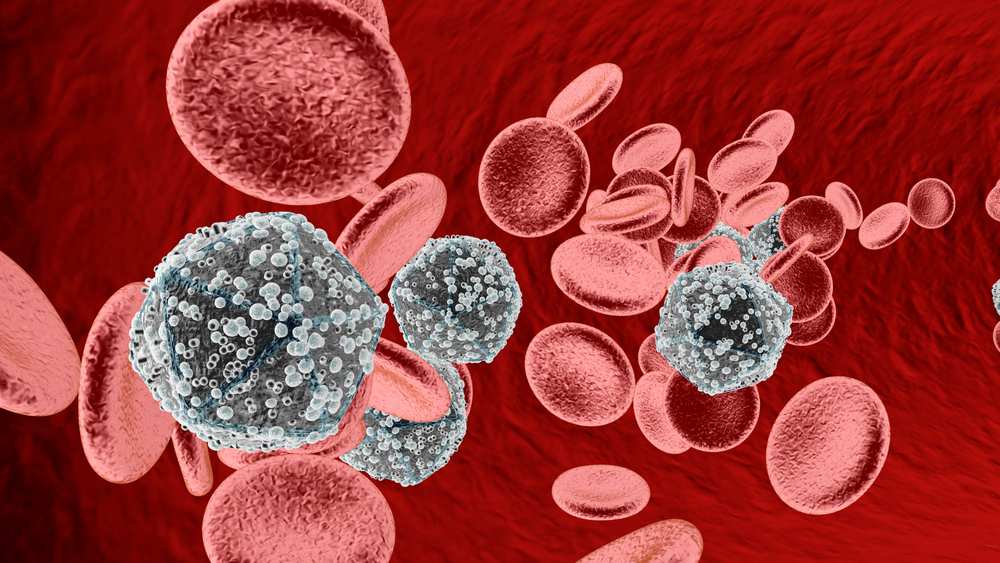Providing Health insurance cover to those living with; and to those vulnerable to the Human Immunodeficiency Virus (HIV) and Acquired Immune Deficiency Syndrome (AIDS), such as healthcare professionals, is an ongoing challenge for insurers in India.
In February 2012, IRDA, acting on recommendations from various stakeholders including public bodies and Government authorities, issued an Exposure Draft of proposed regulations for insurance coverage of HIV-infected individuals, whether or not the infection has progressed to AIDS.
The Exposure Draft, issued for comment to all life and non-life insurance companies, recommends the following:
- Insurers to develop and emplace underwriting guidelines for both HIV-infected individuals and Persons Living with HIV/AIDS (PLHA), indicating eligibility criteria for obtaining Health insurance cover.
- The guidelines should take into consideration, at minimum, the following criteria:
- Stage of HIV infection (Applicants with Stage 1 and Stage 2 infections should be considered for coverage);
- PLHA compliance with prescribed treatment schedules;
- P24 antigenemia status (the earliest diagnostic marker for HIV);
- CD4 (T-cell) counts and CD4 vs. CD8 cell percentages.
- Guidelines should indicate that depending upon the above criteria, additional premium may be applicable for PLHA and the amount of extra premium that would be applicable.
- Suitable proposal forms to be developed to elicit relevant information.
- Guidelines should also indicate that applicants for insurance who are HIV- negative at the time of application but become HIV-positive while covered under a policy cannot be denied any claim on such grounds, but upon policy renewal, suitable loading can be charged.
The Exposure Draft also suggested types of products and coverages that could be offered to PLHAs:
- Critical illness products, with HIV/AIDS as one of the covered conditions.
- Riders to existing or newly-developed Health insurance or cash products that would provide a lump-sum benefit, also payable as an annuity for life, to individuals upon HIV diagnosis.
- Death due to AIDS would be a covered insurance event.
- Coverage of HIV/AIDS under group schemes for various segments of the population.
To understand these suggested guidelines, and their implications and challenges, it would benefit to understand the HIV/AIDs pandemic’s epidemiology; i.e., how HIV is identified, how it progresses to AIDS, and the current nature of the disease’s spread and prevalence throughout India.
HIV's Path in India
In 1981, an unusual cluster of cases of opportunistic diseases such as pneumocystis carinii pneumonia and Kaposi's sarcoma emerged. Since its first emergence in the 1980s, HIV has spread virtually to every country. As per the UN AIDS World AIDS Day report 2011, towards the end of 2010, an estimated 34 million people were living with HIV worldwide, up 17% from 2001. The number of people dying of AIDS-related causes fell to 1.8 million in 2010, down from a peak of 2.2 million in the mid-2000s.
India’s population is over one billion, around half of whom are sexually active adults. The first AIDS case in this country was detected in 1986. HIV since then has been reported in every Indian state and union territory, and India now has the third-largest number of people within its borders living with HIV/AIDS. The Annual Sentinel Surveillance for HIV Infection 2008-09 reported that an estimated 2.39 million people were then living with HIV/AIDS in India – an adult prevalence rate of 0.31% – with 39% of those infected female, and 3.5% children. In India, HIV is concentrated among high-risk groups such as female sex workers, injecting drug users, men who have sex with men (MSM), and transgender individuals. The rate of infection among these populations is about 20 times higher than the general
population.
Over the past decade, according to the Surveillance Report, India has seen HIV incidence (new annual HIV infections) decline by more than 50% in the past decade – to 120,000 new infections in 2009 from 270,000 in 2000. Six states with historically high prevalence levels accounted for 39% of the cases, while seven lower-prevalence states accounted for 41%.
AIDS-related mortality in India has declined as well. In 2009, 172,000 people in India were reported to have died from AIDS-related causes. This statistic should not be taken at face value, as many AIDS-related deaths go unreported in India, due to the stigma still attached to the disease and discrimination against those suffering from it. Indeed, HIV-infected patients frequently die without the disease ever having been diagnosed, and their deaths are attributed to one of HIV’s many opportunistic infections.
These reductions are important evidence of the impact of India’s 20-year-old National AIDS Control Programme (NACP) and its scaled-up prevention strategies over the years. Over the past two years, however, some low-prevalence states
have shown a slight increase in the number of new HIV infections. This underscores the need for the NACP to focus more on these states with low prevalence but high vulnerability.
Symptoms and Signs
In 1983, the cytopathic retrovirus known as HIV was identified. A retrovirus, also known as an RNA virus, is one where the virus invades a host’s genome, infects the host’s DNA, and thereafter is replicated by the host’s DNA. ‘Cytopathic’ refers to the virus’s tendency to cause degeneration or disease in cells.
Many who become infected with HIV may not discover it for a very long time. A variety of reasons exist for this. First, many do not develop any symptoms upon infection. Some do develop a flu-like illness within days to weeks after exposure, with symptoms including fever, headache, tiredness, and enlarged lymph nodes in the neck. These symptoms, however, usually disappear without medical intervention within a few weeks.
Second, the disease’s progression can vary widely. Its asymptomatic phase can last anywhere from a few months to more than 10 years. During this phase, the virus multiplies actively and destroys CD4 cells, the primary infection fighters among white blood cells. This is a dangerous phase of the disease, as the individual, though asymptomatic, is contagious.
AIDS is the later stage of HIV infection when the body loses its ability to fight infections. Once an individual’s CD4 cell count falls below 200 cells/mm, an HIV-infected person is said to have AIDS. Diagnosis generally occurs when the individual begins to experience unusual, opportunistic infections or cancers that show the immune system is comprised.
This article discusses the symptoms, diagnosis, and testing of AIDS, transmission, treatment, adherence in India, an international perspective, and coverage issues for underwriters.



